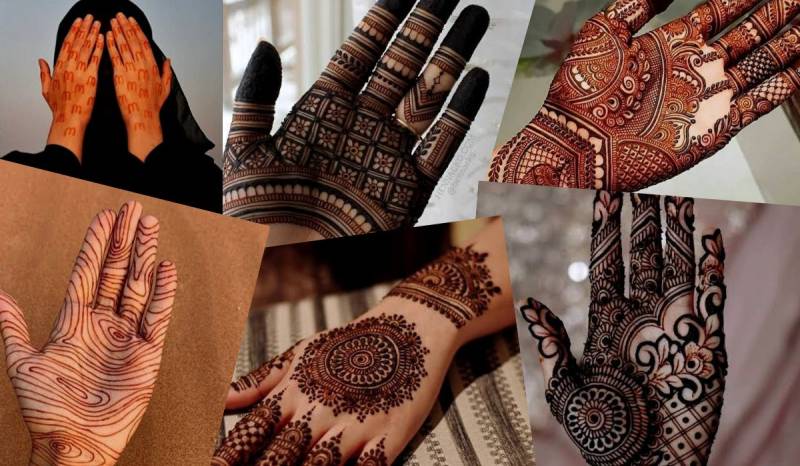SHAADI SEASON 101: DID YOU KNOW THERE ARE 8 HENNA ‘CUISINES’?
Henna, also referred to as mehndi in the Indian subcontinent is a type of body art. Derived some 9000 years ago from crushing the leaves of a henna plant, it is generally used by women across the subcontinent to decorate their arms and feet on festive occasions such as Eid which is a religious holiday or weddings. Over the centuries, much like all else, henna art and design has evolved. As a result of globalisation mehndi has largely seeped into the western world, with Americans labelling it to be a ‘temporary tattoo’ and adding their own twist to traditional designs.
Authored By Rania
Henna, also referred to as mehndi in the Indian subcontinent is a type of body art. Derived some 9000 years ago from crushing the leaves of a henna plant, it is generally used by women across the subcontinent to decorate their arms and feet on festive occasions such as Eid which is a religious holiday or weddings. Over the centuries, much like all else, henna art and design has evolved. As a result of globalisation mehndi has largely seeped into the western world, with Americans labelling it to be a ‘temporary tattoo’ and adding their own twist to traditional designs.
There are eight widely recognised mehndi designs, all originating from different parts of the world. Moroccan mehndi designs are known for their asymmetric lines and curves that resemble tribal patterns.
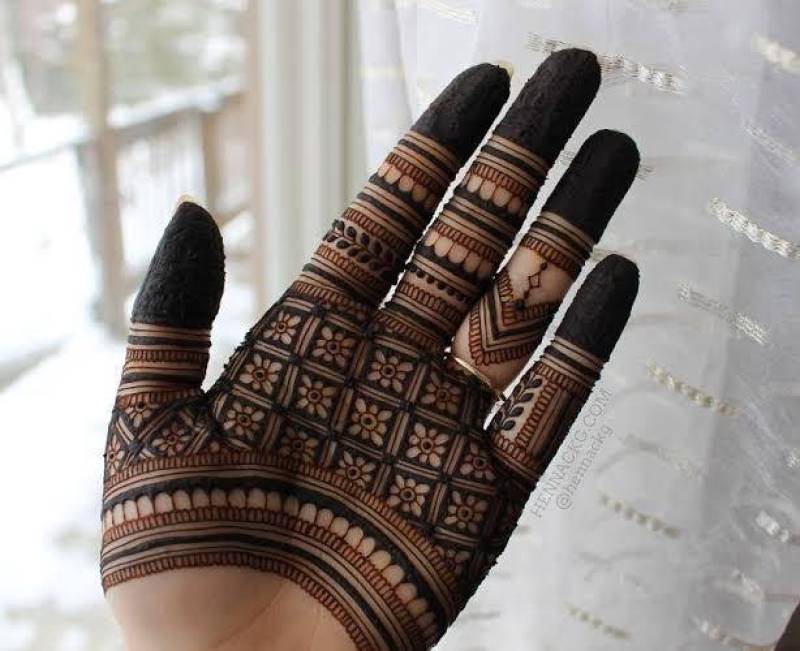
Western-style mehndi designs are more contemporary and modern, and are more so an adaptation to the mehndi trend as it is not part of their culture.
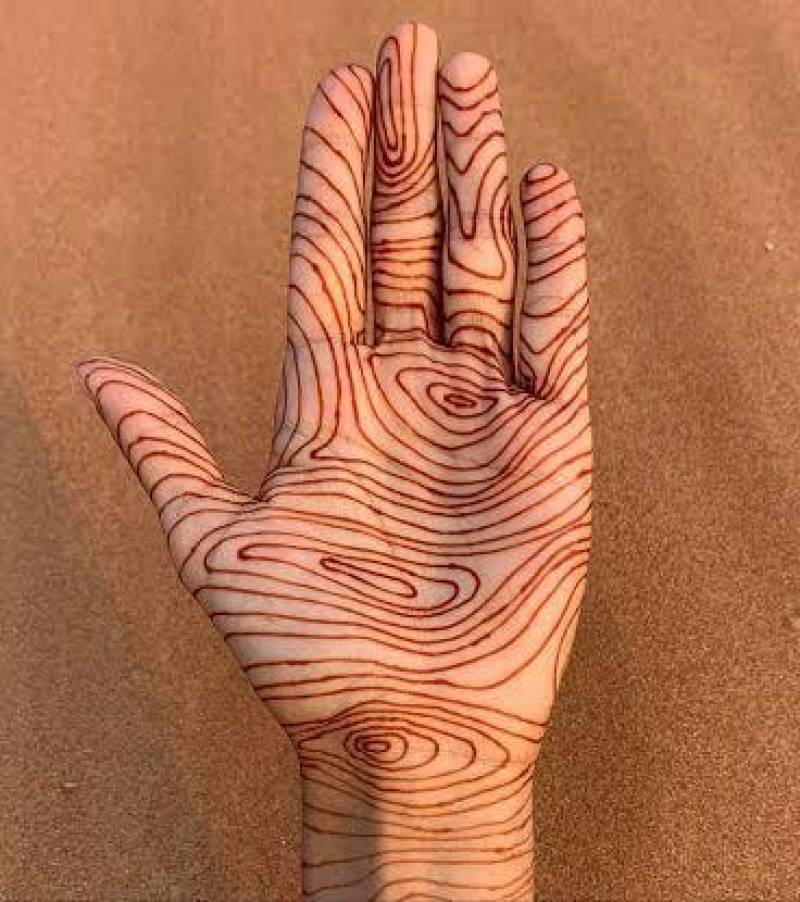
These patterns are slowly gaining popularity due to their unconventional layouts. Indian mehndi design is known for its intricacy and distinctive style. It is also identifiable through a handful of significant markers such as florals, checkered dots and other traditional patterns.
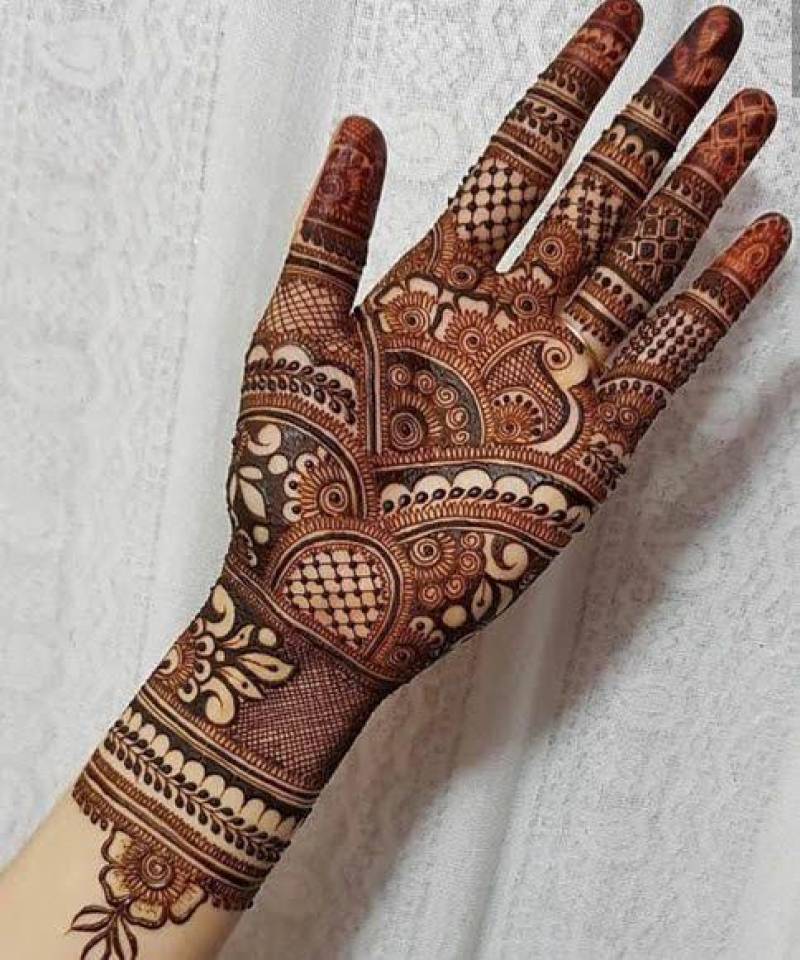
Pakistani mehndi design consists of more paisley like patterns, including florals, mosques, mandala designs in the centre of one's palm, etc.
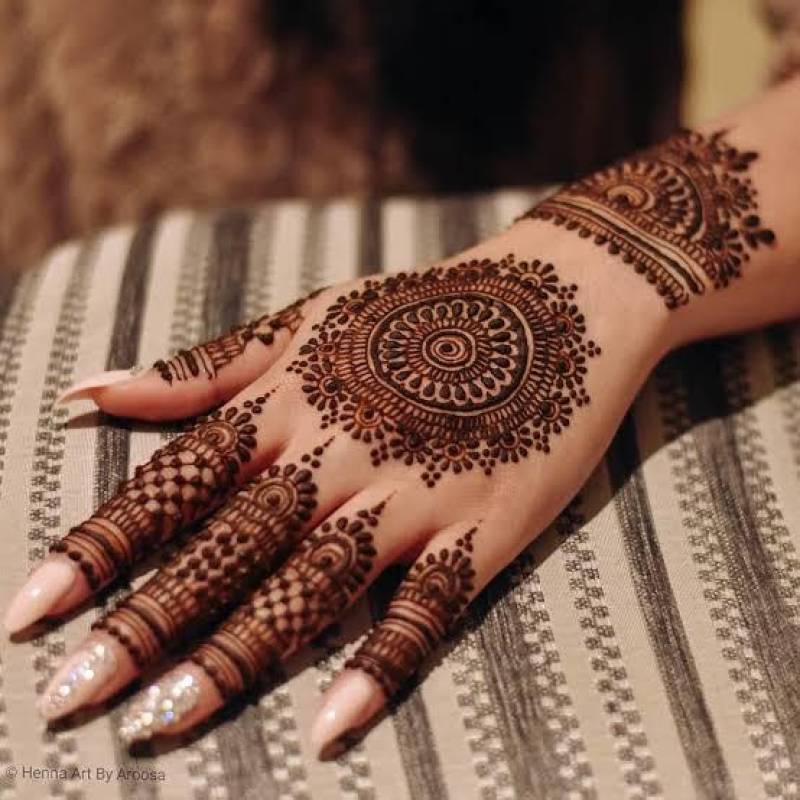
Arabic mehndi design which originated from the gulf countries is known for its versatility and bold coloured in lines expertly woven into empty spaces.
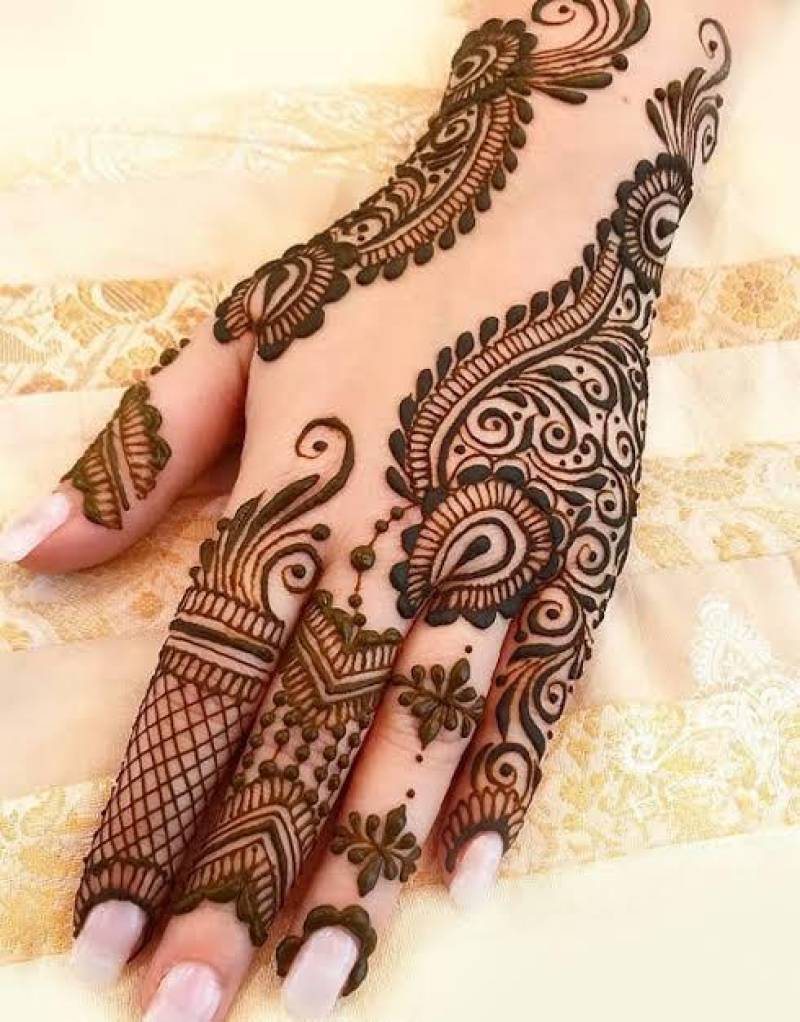
Indo-Arabic mehndi design is a blend of both Indian and Arabic mehndi. It is one of the most beautiful fusion designs as it consists of elements of both patterns.
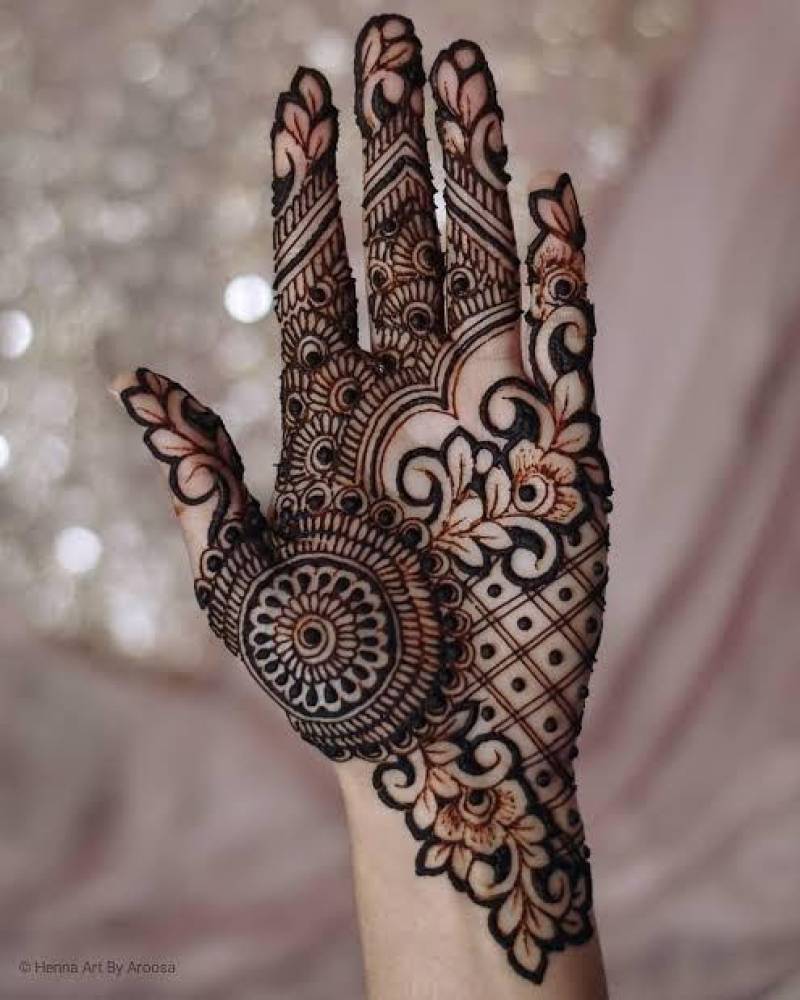
Indo-Western mehndi is another perfect fusion of contemporary and traditional styles which may sometimes include short messages and quirky designs. It is the best of both worlds.
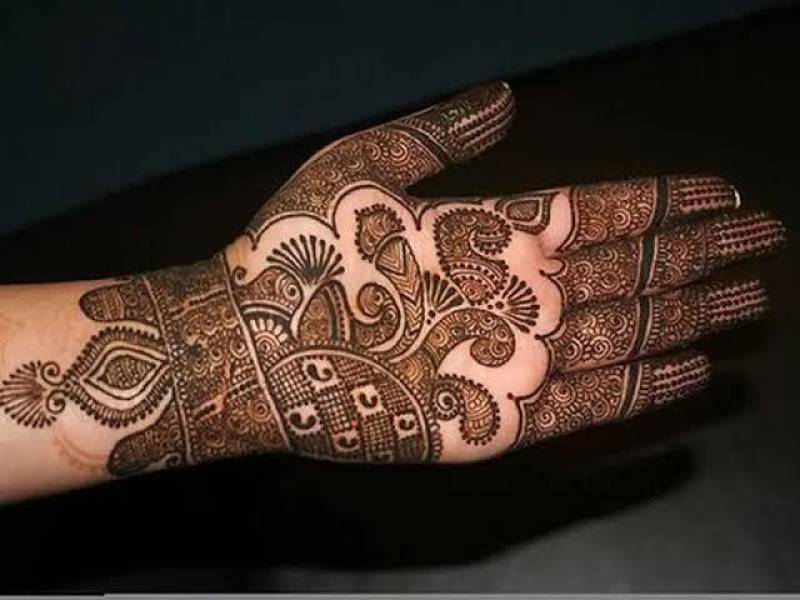
And last but certainly not the last least, African mehndi design is one that predominantly consists of tribal patterns, with bold, coloured in lines along with empty spaces it seems to resemble Arabic mehndi to a certain extent.
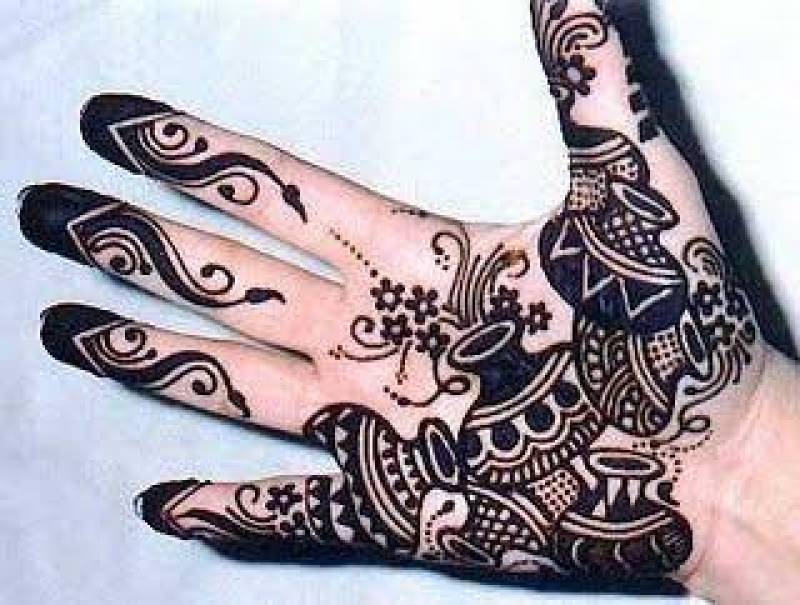
In essence, mehndi design and art have experienced innumerable changes and will continue to do so as the cultures, traditions, perceptions and trends of society are fluid and ever changing. But it is important that alongside the change that we embrace, traditional patterns and methods of henna application should also be held onto and not lost in the midst of trends.

